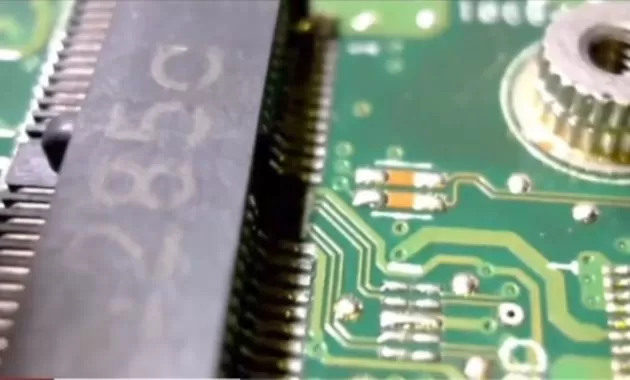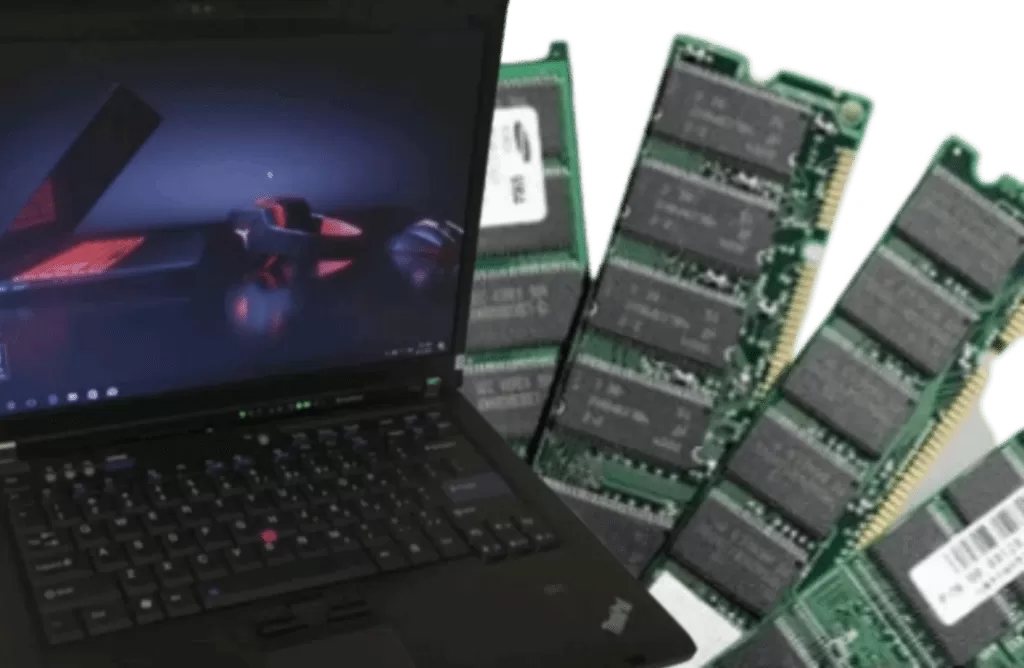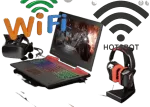Multymeter.com – In the world of technology, the motherboard is recognized as the brain of the computer. This is the main component in the form of a circuit board with all the components connected to the computer.
It can be said that the motherboard is the hub of all the components connected so that the computer can function properly. This board is available in a variety of sizes to fit other hardware sizes.
So what is the function of motherboard in the actual computer? Come on, check out the following article to find out.
Functions of the motherboard in a computer
The motherboard or also known as mainboard is the most important component of a computer. It is a vital component in computers and laptops.
Quoting from the book Introduction to Information and Communication Technologies written by Sumarno, the main function of the mainboard is to act as the central stage, link and coordination between all the components that make up a computer system.
The motherboard is where all the major components of the computer are connected and linked. This includes CPU (processor), RAM (random access memory), graphics card, sound card, storage (SSD/HDD) and other devices.
If detailed, here are some of the functions of the motherboard:
- distribute electrical power to all computer components so they can function properly.
- Provide the best layout for the various components that exist in the computer.
- Transfer data to all components of the computer.
- Connect important components in the computer. Starting with the power supply, processor, RAM, hard disk, mouse, keyboard, among others.
- Provide communication lines between the parts of the computer.
- Basic controller of the input and output system in the computer.
- Connecting the CPU to other components such as memory, expansion slots and others.
Like the brain and heart of a system, the motherboard plays a crucial role in determining how these components work together and interact. Components on the motherboard
On the motherboard, there are several main components to be aware of, namely:
- socket CPU (central processing unit).
The first component on the motherboard is the CPU socket. This is the place where the processor (CPU) is installed on the motherboard. It has a specific shape and layout depending on the type and generation of CPU to be used. - chipsets
The chipset is the group of chips that controls communication between the CPU, RAM, graphics card and other devices. It also manages I/O functions such as USB, SATA and Ethernet. - Chipsets generally have two parts, namely Northbridge and Southbridge. Northbridge itself is a component related to CPU and RAM. Meanwhile, Northbridge is a component related to I/O devices.
- RAM (Random Access Memory) Slots
The RAM slot is where the RAM module is installed. RAM is the memory where data is temporarily stored while the computer is running. The number of RAM slots and the type of RAM supported by the motherboard may vary. 4 BIOS
This is a chip that contains programs and can be stored or created as part of the motherboard operations. BIOS can be found in ROM (read-only memory) and usually runs during the boot process or when the computer is powered on. BIOS functions to regulate how a component that is connected to the motherboard can operate. - AGP (Accelerated Graphics Port) Slot
AGP slots are special expansion slots designed specifically for graphics cards. The main function of the AGP slot is to provide a faster and more efficient communication path between the graphics card and the host system. These slots allow the graphics card to access data faster, which is especially important in applications that require high graphics rendering, such as games or design applications. - PCI slots (peripheral component interconnect)
PCI slots are the most commonly used expansion slots and can accommodate many different types of expansion cards, including graphics cards, sound cards, network cards and other enhancements. The primary function of the PCI slot is to provide extensive connectivity and expandability to the motherboard. These slots are designed to connect external devices to a computer system and enable additional components with a more flexible system. - Power connector
The power connector is where the power cable from an external power source (such as a power supply or power supply) connects to the motherboard. It provides electrical power to all computer components. - I/O (Input/Output) Connector
Motherboards have various I/O connectors such as USB, audio, HDMI, VGA, Ethernet and others. This allows the computer to communicate with external devices such as a monitor, keyboard, mouse and other peripherals. - CMOS (complementary metal oxide semiconductor) battery.
The CMOS battery provides power to the CMOS chip that stores the BIOS settings and system clock. This ensures that the system settings and time are retained even when the computer is turned off. - Other internal connectors
In addition to the above components, there are also several other connectors, such as TPM (Trusted Platform Module) connectors that support hardware security, LED indicator connectors and others.
So, those are some of the functions of the motherboard that you should know. Not only the function, the components of the mainboard are also important to understand.***





